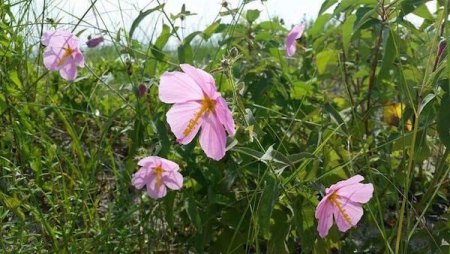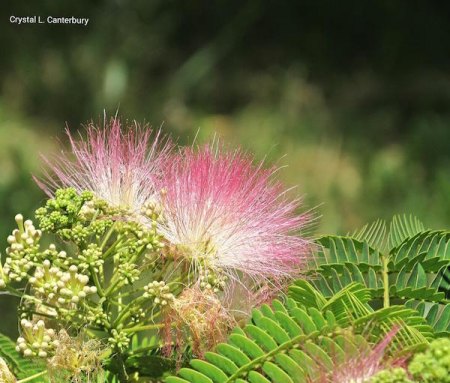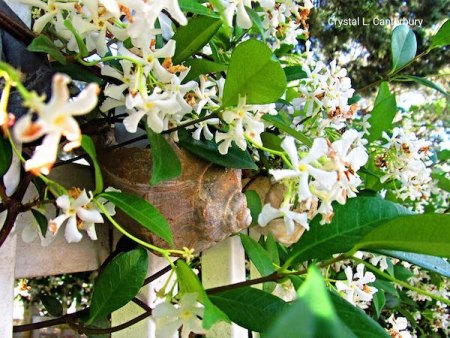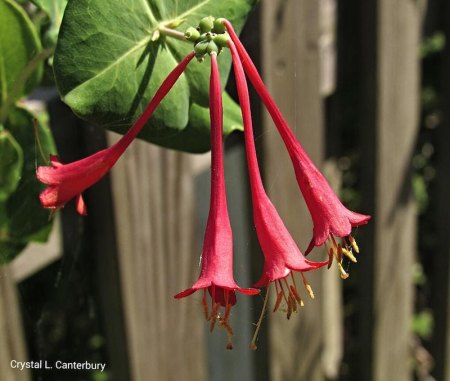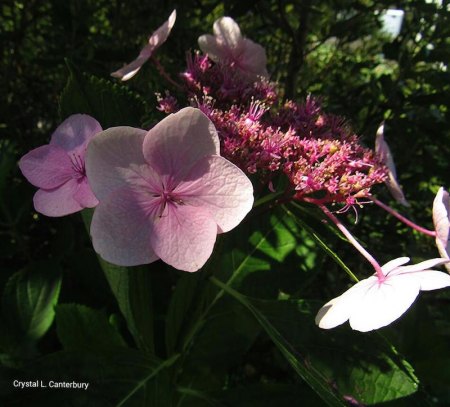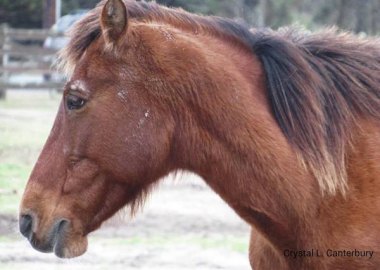
My Monday mornings are awesome because I get to feed the Ocracoke ponies, and it’s typically a fantastic way to start the day. I usually head to the Pony Pasture just after the sun has risen, and the colors above make the sky look like it’s been tie-dyed in bright, glowing hues. For the most part I have the highway completely to myself, and don’t feel rushed as I listen to calming, perfect-for-sunrise instrumental music my dad composed. On spectacularly colorful mornings I’ll stop at either Lifeguard Beach or at the NPS campground and enjoy the beach for a few minutes before continuing to the Pasture.
A couple weeks ago I went to feed the ponies as usual, arriving at the Pasture around 7:00, but before I exited my vehicle I noticed dozens, DOZENS! of Jeff-Goldblum-sized flies gathering, no, SWARMING my vehicle. The greenheads knew I was in there, and they just stayed on my windshield and windows, staring me down with their creepy green eyes, anxiously waiting for me to dare open my door. It’s really a horrible feeling knowing you’re about to be breakfast, but I had to get those ponies fed. I decided that even though it was definitely well into the 70’s and humid, wearing something to completely cover my body would probably be a wise decision. I put on a windbreaker (hood and all), opened my car door, and bolted. I didn’t really stop moving. I was running with my arms flailing above my head, much like the aggressive zombie-type characters from the motion picture “28 Days Later.” Toddlers tend to run in this fashion also. In any event, I was doing everything in my power to keep from being bitten. The windbreaker, while extremely hot, actually did alright keeping the vicious bugs off me. The ponies, though, were not faring as well. Most of them stayed in their barns, which is unusual, but I really couldn’t blame them. When they did come out to eat, the greenheads latched onto them.
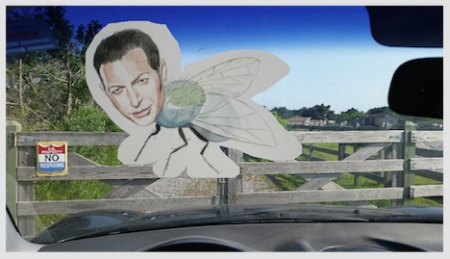
Greenheads have teeth, so when they bite, you know it. Often times they’ll make us bleed, and the resulting welt can be painful and quite large. Some people even break out in hives and experience swollen lips and tightness in their throats. These insects are no joke. Your own saliva can act as an immediate source of relief, combating the pain, itching, and swelling until you’re able to get home to treat it further. Everyone always says not to scratch bites, but who are we kidding? Doesn’t everyone scratch their bites? Maybe it’d be best if experts told us to limit how often we scratch a bite? Ugh, well, anyway, a hot compress can help ease the discomfort, and so can topical treatments. Calamine lotion, Benadryl, and hydrocortisone cream are a few options. Other remedies include applying aloe vera gel, raw onion, mud, Epsom salt, vinegar, or a baking soda paste directly to the site of the bite.
While these relentless, vile insects have the capability to ruin a fun afternoon, their populations can be telling about the health of salt marshes and local eco-systems. Greenheads have emerged fairly early this year, signaling Ocracoke’s marshes are in good shape. But don’t fret. Another insect has made its appearance and will save us from becoming a regular source of meals for greenheads.
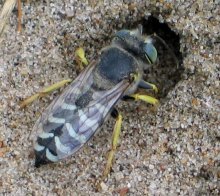
Sand wasps are fairly large insects that love to have a greenhead meal. Sand wasps use their stingers to stun prey and then return it to the nest for mealtime. Only female wasps have stingers, and they won’t use their stingers unless their nest has been disturbed. Sand wasps build their nests in – you guessed it – the sand and look like mounds, so if you avoid stepping on it, you’ll avoid a stinging frenzy. Wasps can sting repeatedly, so keep your eyes open for their sandy homes. Wasps, while evoking fear in many of us, actually do a lot of good when it comes to pest control. Farmers will sometime release colonies of wasps over their crops in an effort to rid them of insects, and they also contribute to pollinating plants. Sure, we don’t want their nests near our homes, but when experiencing the great outdoors try to enjoy their presence. They’re in search of greenheads and other pests and probably don’t want to sting you. Everyone wins!
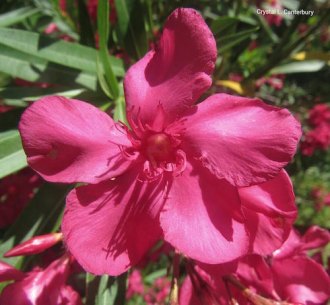
Summertime flowers are also popping up, adding splashes of vibrant color in the village, along the highway, and on the dunes. Jasmine is in full bloom, vining out along fences and along the roadside. The pink, red, and white flowers blooming on oleander bushes can be spotted on pretty much every street, and mimosa trees are producing soft looking fragrant flowers. Brightly colored coral honeysuckle and trumpet-shaped campsis (also quite fittingly called trumpet vine) have blossomed, contributing tropical-looking colors to yards around the village. The delicate looking flowers belonging to lace-capped hydrangeas are peeking out of shaded bushes in soft shades of pink, blue, purple, and white, and juniper trees are producing delightfully scented berries.
Blooming in short clusters, and on both ocean and sound side of the island, are brightly colored asters called Joe bells. Also called firewheels, these flowers flourish in the salt air and sandy ground. The inner and predominant color of the flowers is a bright red, which transitions into small ring of orange that is tipped by a vibrant yellow. These colors make the flowers look like tiny round fires shooting up from the ground and can be seen quite easily.
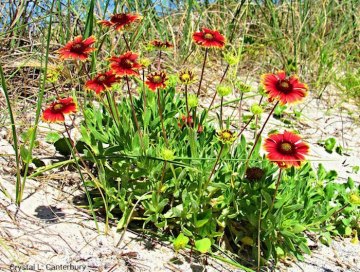
Swamp marsh mallows can be seen mainly on the sound side of the island, tucked back near the dune grasses. The pink flowers have a long yellow tube in the middle which consists of multiple stamens which are fused together. They grow in bunches and each flower blooms only once before falling off and being replaced by another.
Swamp rose mallows are similar to swamp marsh mallows, but have large eight-inch blooms and can grow to be about seven feet tall. I see them mostly along ORV Ramp 72 as these plants love salt marshes and canals that channel through the low-laying ground. They, like swamp marsh mallows, are perennials, meaning their roots will survive winters and flowers will continue to bloom each summer.
We have all been at the mercy of the recent bout of extreme heat, and the high temperatures and humidity are exhausting. The ocean is a great way to cool off, just be aware of rip currents. Rip currents can be identified, which will help you avoid them. If you see a channel of murky water in between ripples and waves, avoid that area. That line of churned up sand might be a rip current which could potentially drag you off your feet and away from the shore. If you get caught in a rip current, try to stay calm. In order to get out of the rip current, you’ll need to swim out of the channel by going to the left or right, and then continue by swimming parallel to the shore. Do not fight it. You could exhaust yourself, which could lead to an even more serious situation. On calm days rip currents are easier to identify since the water isn’t churning up sediments, so pay extra attention on windy days or when the water is rough. You can also ask the lifeguards on duty about water conditions. They may be able to assist you in identifying any risks and offer safety tips.

If you’re wary of swimming in the ocean but need to cool off, check out the public showers at Lifeguard Beach. If you head north out of the village you’ll pass ORV Ramp 72 and ORV Ramp70/Ocracoke airstrip on the right. Shortly beyond the airstrip is the Lifeguard Beach parking area which has changing rooms, restrooms, full body and foot showers, and a water fountain. If you’re in the village and you need to get some water, you can find a public water filling station by the National Park Service Visitor Center. This facility is located at the southern end of the village near the ferry terminals for Cedar Island and Swan Quarter.
While you’re out enjoying Ocracoke’s beaches and village, remember to wear insect repellent, sunscreen, and drink plenty of water. Summer is upon us! Hooray!
